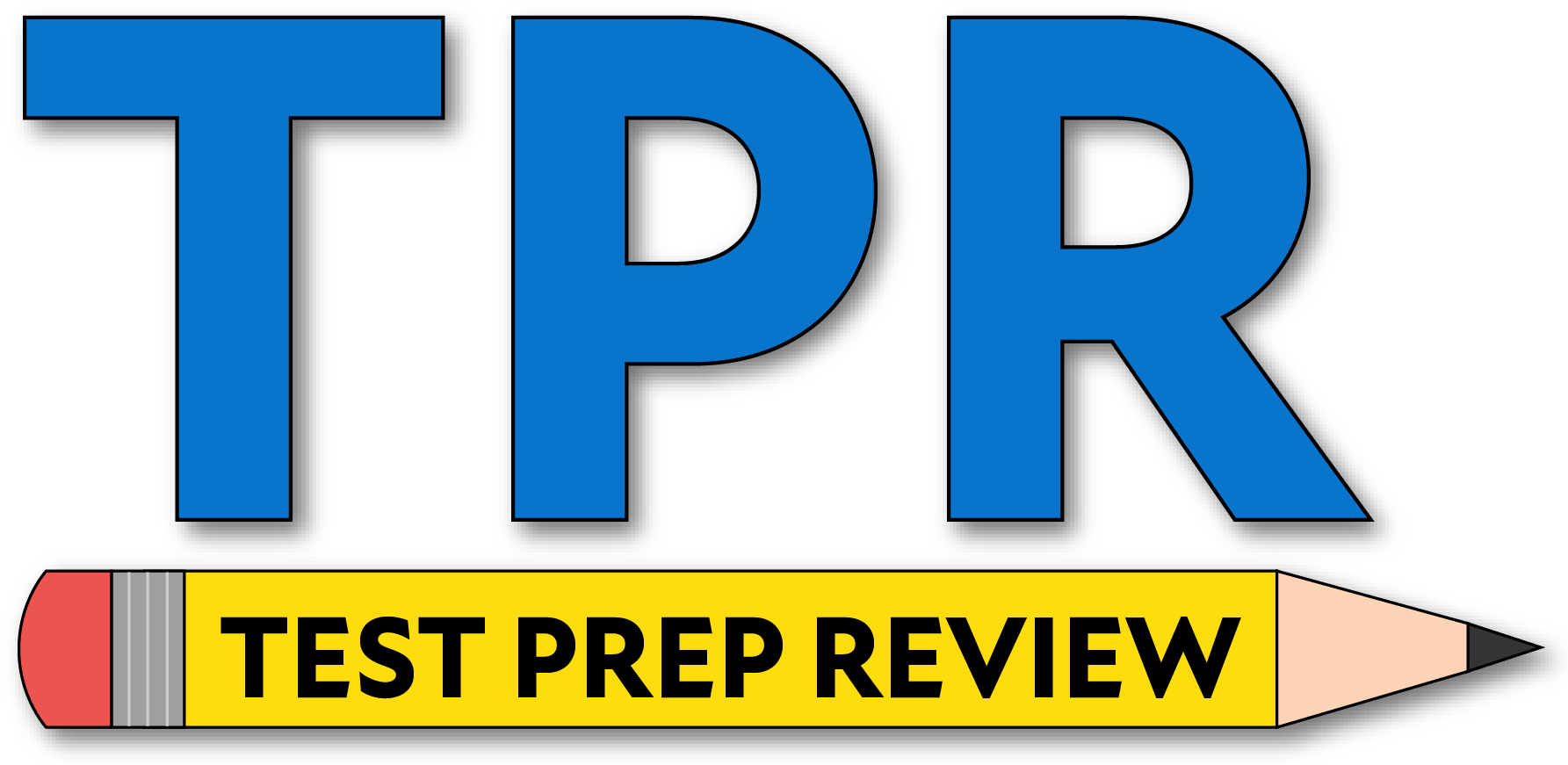- Combination vehicles are usually heavier, longer, and require more driving skill than single commercial vehicles.
- True
- False
More mass and length mean wider turns, longer stopping distances, more off-tracking, and higher rollover risk, so greater skill is required.
- More than half of truck driver deaths in crashes are the result of rollovers. Trucks roll over more easily when fully loaded and are:
- Easy to get turned back upright
- Five times more likely to roll over in a crash than empty rigs
- Ten times more likely to roll over in a crash than empty rigs
A high center of gravity when fully loaded increases rollover risk; slow down well before curves and ramps.
- Which two actions help prevent rollovers?
- Keep cargo near the front and drive slowly around turns
- Keep cargo as low as possible and drive slowly around turns
- Keep cargo to the rear and drive the speed limit
Low center of gravity + reduced speed in turns dramatically lowers rollover risk.
- When you turn suddenly while pulling doubles, which trailer is most likely to roll over?
- The rear trailer is twice as likely to roll over as the tractor
- The front trailer is twice as likely to roll over as the tractor
- Each trailer is equally likely to roll over as the tractor
The rear (second) trailer off-tracks more and is more prone to rollover (easy on speed and steering).
- Why shouldn’t you use the trailer hand brake to straighten a jackknifing trailer?
- The hand valve is too hard to reach
- Braking the trailer wheels caused or worsens the skid
- The trailer wheels won’t respond to the hand brake
Locking/slowing the trailer wheels increases the skid. Release brakes to regain traction and gently steer straight.
- What is off-tracking?
- Rear wheels follow a different (tighter) path than the front wheels in a turn
- Pulling off the road during a turn
- Turning one way and then back the other way
Longer vehicles off-track more. Compensate by taking wider turns, especially with doubles/Triples.
- What is a “trailer jackknife”?
- Blown trailer tires
- Trailer wheels lock and the trailer swings around
- Trailer wheels lock and pull the tractor to a stop
A locked trailer axle can cause the trailer to pivot around the tractor. Reduce brake force and steer straight to recover.
- Should you swing wide to the left before beginning a 90° right turn?
- Yes
- No
Don’t swing wide to start, as drivers behind may try to pass on the right. Turn wide as you complete the turn.
- Why should you avoid using the trailer hand valve while driving?
- It isn’t as effective as the foot brake
- You should use the parking brake instead
- It increases the risk of making the trailer skid
The hand valve applies only the trailer brakes (easy to lock them and start a trailer skid).
- What does the trailer air supply control do?
- Supplies air to the trailer, shuts air off, and applies trailer emergency brakes
- It is a yellow, six-sided knob used to control the tractor protection valve
- Keeps the trailer physically connected to the tractor
Pushing in supplies air to the trailer; pulling out shuts air and sets trailer emergency (spring) brakes.
- What is the service line for?
- To carry air to the parking brake to control trailer brakes
- To carry air to a relay valve so trailer brakes apply quickly
- To carry air to cool the cab
The service (control/signal) line sends a signal that operates the trailer relay valve for prompt, proportional braking.
- Other names for the service air line include:
- Control line or signal line
- Straight line or control line
- Curved line or signal line
Service line, control line, and signal line are standard synonyms in CDL materials.
- What is the emergency air line?
- An air line connecting the parking brake directly to the trailer brakes
- Air lines that control the tractor’s emergency brakes
- The line that controls emergency brakes on combination vehicles
The emergency (supply) line charges the trailer air tanks and controls trailer emergency brakes.
- What is the emergency air line for?
- To engage the tractor’s front brakes in emergencies
- To engage the trailer brakes if air pressure is lost
- To provide extra air pressure if needed
If the emergency (supply) line loses pressure, the trailer spring brakes apply to stop/hold the trailer.
- Why should you chock wheels when parking a trailer without spring brakes?
- So the trailer doesn’t roll down a hill
- If air pressure leaks down, there will be no brakes
- Some states require checking trailer wheels
No spring brakes = no mechanical holding force when air bleeds off. Chocks prevent unintended movement.

